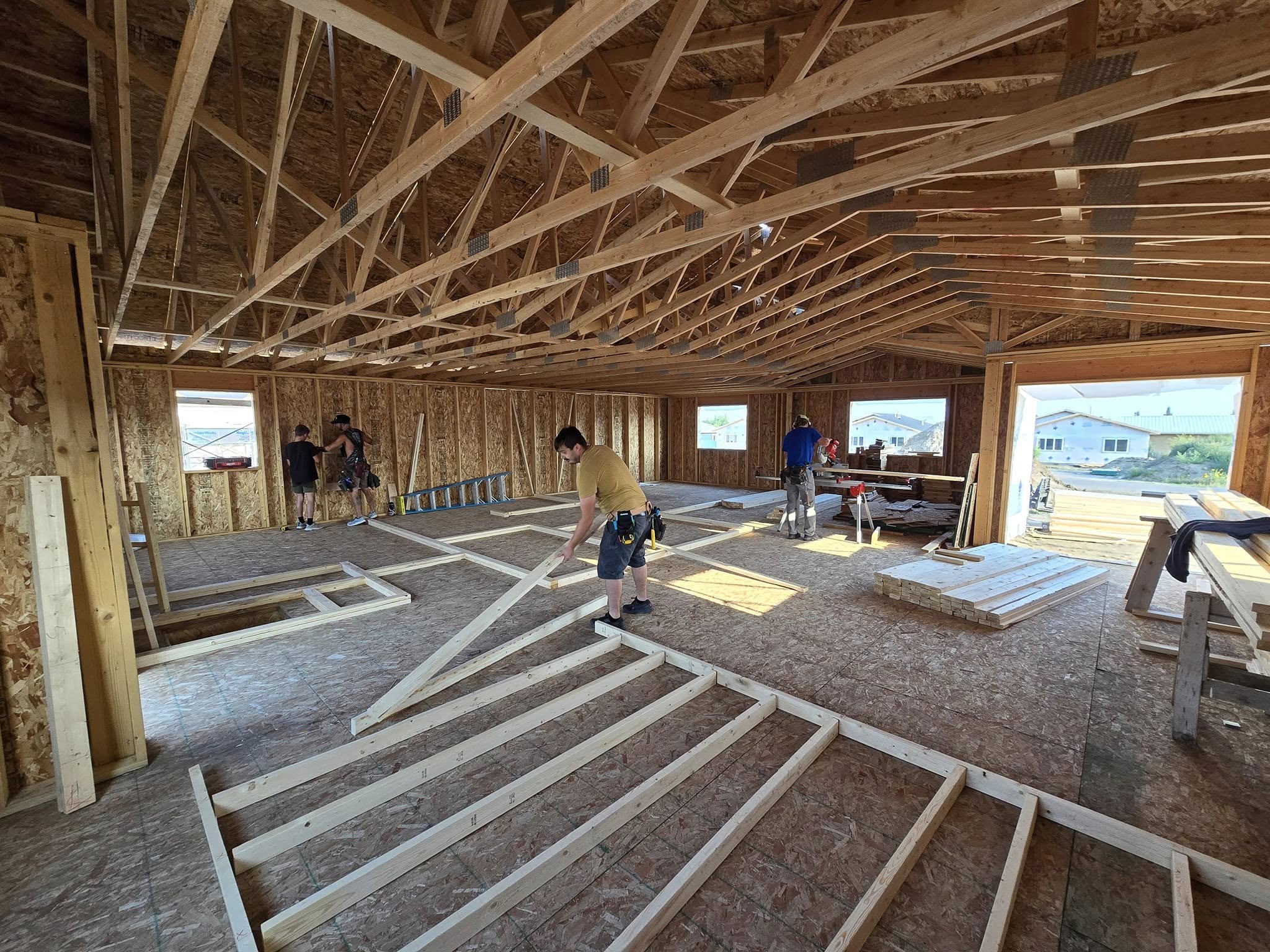The federal government has a history of subsidizing sprawl, wittingly or not. Even the Clean Water Act contains a mechanism that, according to my NRDC colleague Nancy Stoner, “continues to fund new sewage treatment plants and new sewage and stormwater collection systems in greenfields, i.e., currently undeveloped or working landscapes.”
In my opinion, new development should pay its own way, or at least make a justification as to why a government subsidy is in the public interest when all factors, including the consequences of sprawl, are considered. The problem is vividly illustrated by a controversial new development recently proposed for a 924-acre site near the small village of Trappe, Maryland, in a rural area east of the Chesapeake Bay.
Trappe, whose current population is 1,146, sits about 80 miles southeast of Washington, DC, on US Route 50, the main highway through Maryland’s Eastern Shore, in between the larger towns of Easton (pop. 11,708) and Cambridge (10,911). Trappe’s population was about to increase more than fivefold with a new development that would have been made possible by some $18 million of federal taxpayer money for wastewater infrastructure, in this case from the federal stimulus package.
Never mind that the Talbot County Preservation Alliance says that the fiscal costs of the project would have exceeded its benefits by millions, and that it would have caused average taxes paid by current residents to triple. The project was supported by the Trappe town council but opposed by the county government and by state comptroller Peter Franchot from the start, and eventually the town leaders withdrew the proposal amid acrimonious debate. The county actually had a competing proposal to use stimulus funds to facilitate hospital expansion in another town.
Where the heck was Maryland’s vaunted smart growth program in all this, you may wonder? The whole point, after all, is to prevent subsidy from flowing to sprawl. Sadly, the short answer seems to be, “missing in action.”
For more of the story, with photos and links, please visit my extended post on my NRDC blog.




Comments